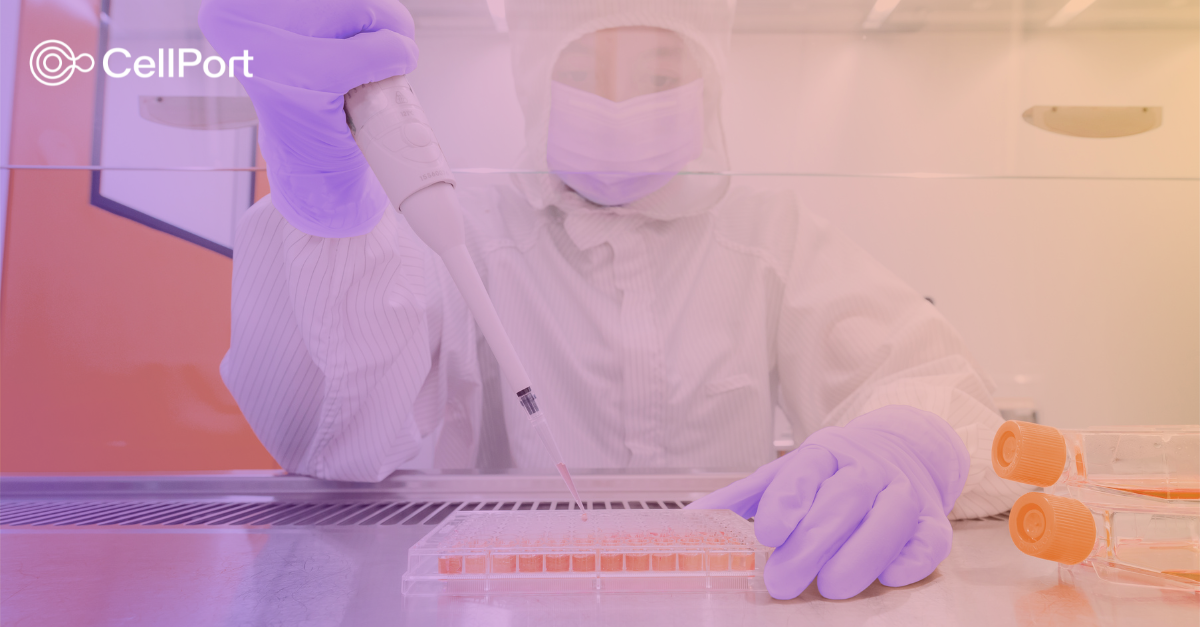

Traceability
Due to the sensitive nature of cells, a seemingly harmless change in reagents, consumables, or materials used – whether the change is known or unknown i.e., caused by vendors or third parties – may cause unexpected results to the way cells behave.
“What happened to Heineken?”
How can unexpected changes in cell behavior impact a business? Take the notorious case of Heineken beer – after the business decided to replace some parts of their brewing system, the yeast cells started behaving differently and ultimately changed the taste of the beer, much to the chagrin of their faithful customer base. To rectify the problem, Heineken employed scientists to trace the root cause of the issue, and then modify the brewing process to accommodate the change in equipment.
Therefore, traceability becomes indispensable for bioprocessing laboratories to maintain the integrity of their research, meet regulatory requirements, enhance reproducibility, and manage resources efficiently.
The Benefits of Traceability
Quality Assurance and Control: To achieve consistently high-quality cultures and reliable research outcomes, laboratories must ensure that every component, reagent, and sample used in the cell culture process can be traced back to its source. This is critical for quality control, as any discrepancies or issues can be identified and rectified swiftly.
Reproducibility: Cell culture results often need to be reproduced, either for manufacturing purposes, confirmation of research, or to further investigate a particular phenomenon. With proper traceability, researchers can accurately replicate experimental conditions, from the source of cells and culture media to equipment calibration and environmental factors. This enhances the credibility of research findings.
Compliance with Regulations: Many laboratories that conduct cell culture are subject to regulatory oversight, primarily from the FDA, EMA, and MHRA in fields such as pharmaceuticals and biotechnology. Traceability is essential for demonstrating compliance with regulations related to the handling, storage, and tracking of biological materials. Failure to comply can result in severe consequences, including loss of research grants or legal actions.
Data Integrity and Documentation: Traceability extends beyond physical materials to data and documentation. It ensures that all data related to cell culture, including experimental protocols, observations, and results, are linked to the specific conditions under which they were generated. This helps prevent data manipulation or errors and supports the transparency of research.
Problem Resolution: In the event of unexpected results, contamination, or other issues in cell culture, traceability enables laboratories to trace back the steps of the process to identify potential sources of error. This is crucial for troubleshooting and preventing recurring problems.
Resource Management: Efficient resource management is vital for laboratories to operate cost-effectively. Traceability allows laboratories to monitor the consumption of materials such as cell lines, culture media, and consumables. This information can be used to optimize procurement and minimize waste.
Sample Identification: Traceability ensures accurate labeling and identification of samples, reducing the risk of misidentification or cross-contamination. This is particularly critical when working with multiple cell lines or conducting long-term experiments.
Collaboration and Communication: In collaborative research efforts or when sharing research findings with other institutions, traceability provides a common language for describing experimental conditions. This promotes effective communication and collaboration among researchers.
Ethical Considerations: Ethical considerations, such as maintaining the provenance of human or animal-derived cell lines, are vital in cell culture. Proper traceability helps ensure that researchers can demonstrate the ethical sourcing and use of these materials.
Tips to Improve Traceability
Here’s some ways to implement more traceability into your lab operations:
- Track all data and metadata – Keep a reliable record of every process, personnel material, reagent, equipment, and everything used in the lab – including the who, what, where, when, and how – as well as any changes made to that data.
- Request data from third parties – Ingest the right data from third parties and industry partners, and combine them with your organization’s records in a uniform manner
- Implement data standardization policies – Enforce standardization rules around the collection, storage, and transfer of data


.png)

.png)


